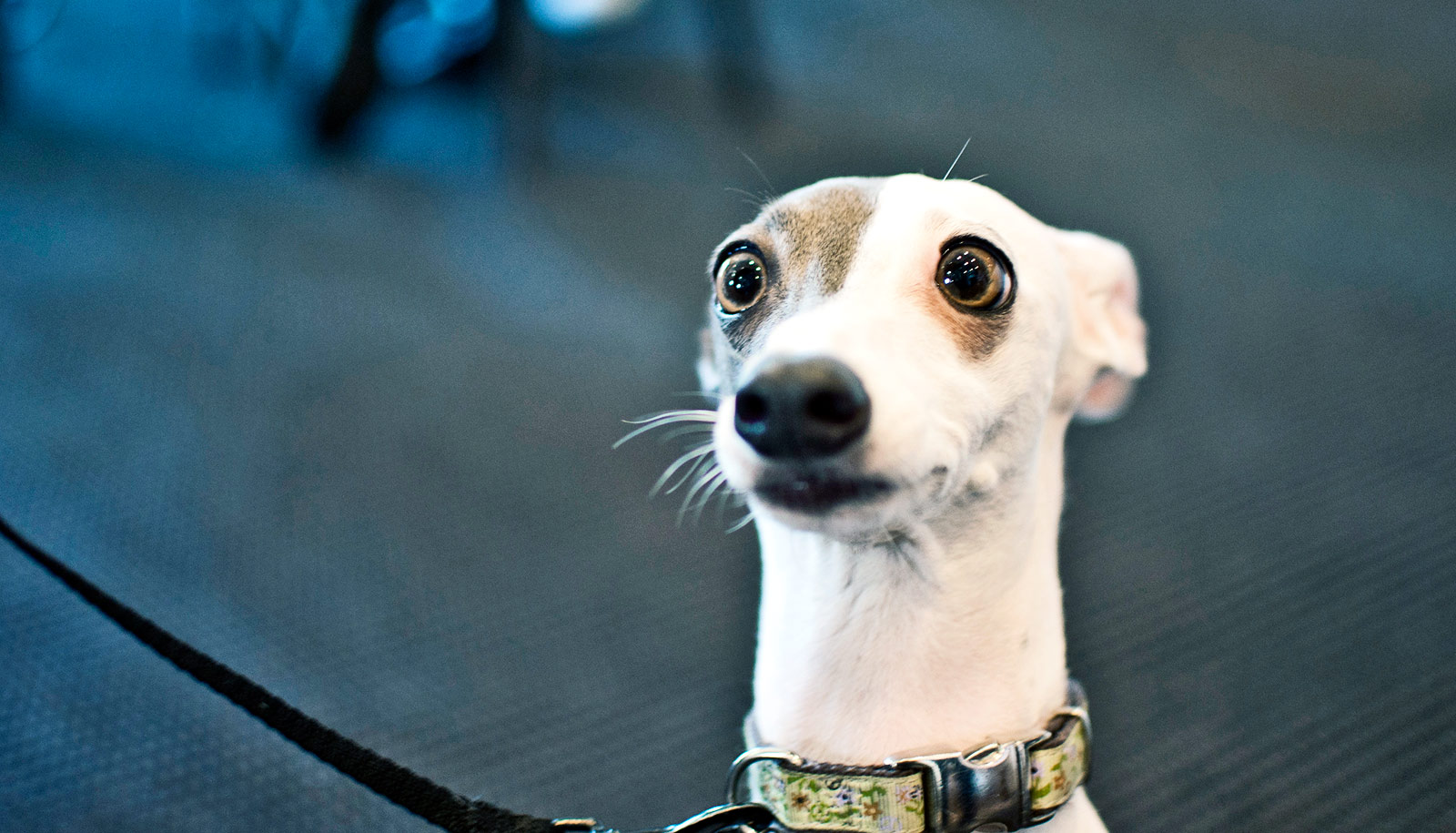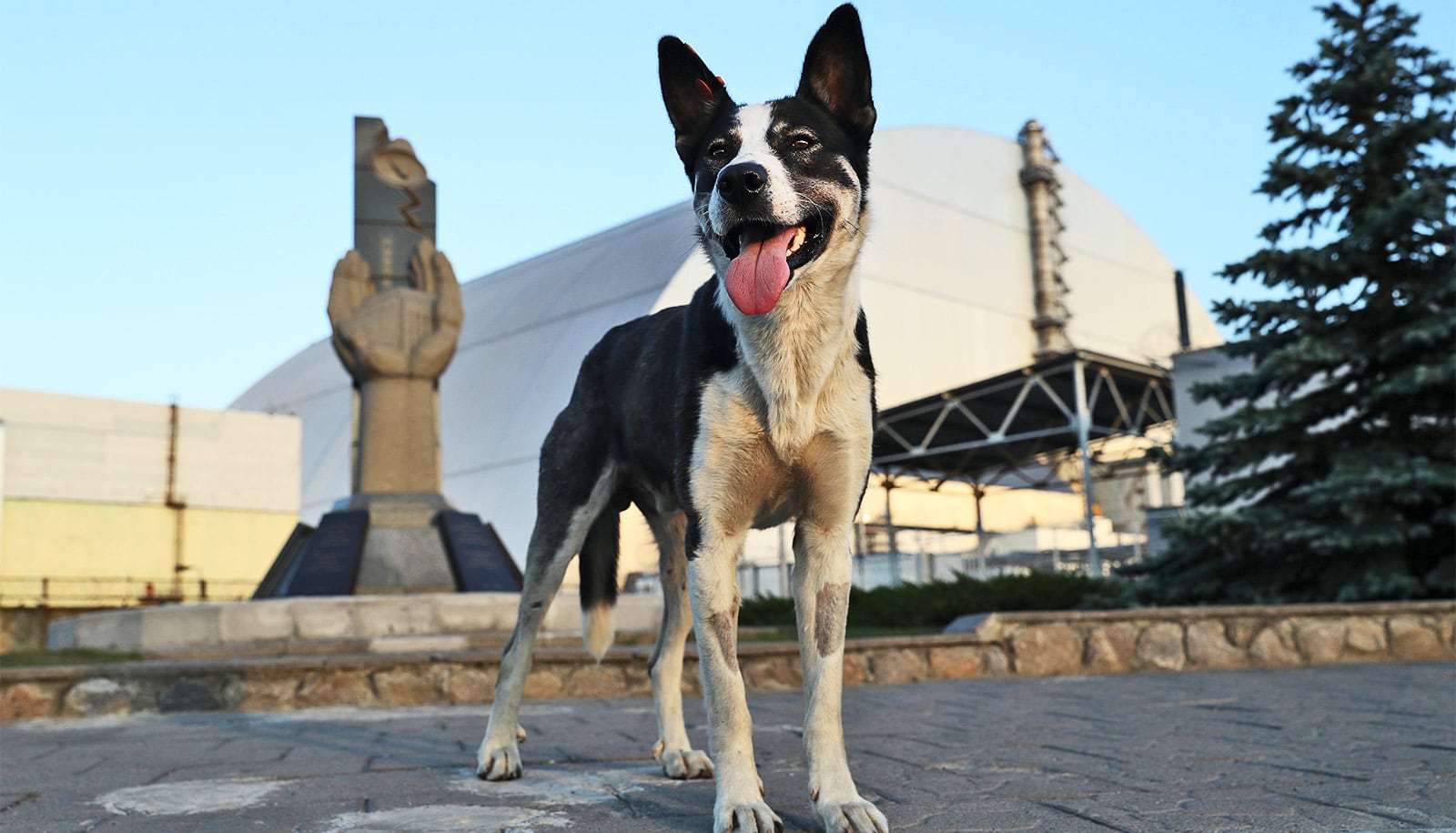Researchers have found that prehistoric dogs from Germany may have been genetic ancestors to modern European dogs.
The finding suggests a single domestication event of modern dogs from a population of gray wolves that occurred between 20,000 and 40,000 years ago.
Dogs were the first animal that humans domesticated. The oldest dog fossils that can be clearly distinguished from wolves are from the region of what is now Germany from around 15,000 years ago. However, the archeological record is ambiguous, with claims of ancient domesticated dog bones as far east as Siberia.
Recent analysis of genetic data from modern dogs adds to the mystery, with some scientists suggesting many areas of Europe, Central Asia, South Asia, and the Middle East as possible origins of dog domestication.
In 2016, research by scientists using emerging paleogenomics techniques proved effective for sequencing the genome of a 5,000-year-old ancient dog from Ireland. The results of the study led the research team to suggest dogs were domesticated not once but twice.
The team also hypothesized that an indigenous dog population domesticated in Europe was replaced by incoming migrants domesticated independently in East Asia sometime during the Neolithic era.
“Contrary to the results of this previous analysis, we found that our ancient dogs from the same time period were very similar to modern European dogs, including the majority of breed dogs people keep as pets,” explains Krishna R. Veeramah, assistant professor of ecology & evolution in the College of Arts & Sciences at Stony Brook University.
Climate change turned ancient dogs into runners
“This suggests that there was no mass Neolithic replacement that occurred on the continent and that there was likely only a single domestication event for the dogs observed in the fossil record from the Stone Age and that we also see and live with today,” he says.
In the study, Veeramah and colleagues used the older 7,000-year-old dog to narrow the timing of dog domestication to the 20,000 to 40,000 years ago range.
They also found evidence of the younger 5,000-year-old dog to be a mixture of European dogs and something that resembles current central Asian/Indian dogs. This finding may reflect that people moving into Europe from the Asian Steppes at the beginning of the Bronze Age brought their own dogs with them.
“We also reanalyzed the ancient Irish dog genome alongside our German dog genomes and believe we found a number of technical errors in the previous analysis that likely led those scientists to incorrectly make the conclusion of a dual domestication event,” adds Veeramah.
Move to Asia split dogs from wolves
Overall, he emphasizes, their new genomic analysis of ancient dogs will help scientists better understand the process of dog evolution, even if the exact geographic origin of domestication remains a mystery. He expects further sequencing of the ancient genomes from Eurasia will help to eventually solve the issue.
The research appears in Nature Communications. The National Institutes of Health supported the work in part.
Additional scientists collaborating on the research are from Stony Brook University; the University of Michigan; Johannes Gutenberg-University, Germany; the University of Bamberg, Germany; Trinity College, Ireland; and the Department of Monumental Heritage, Germany.
Source: Stony Brook University



